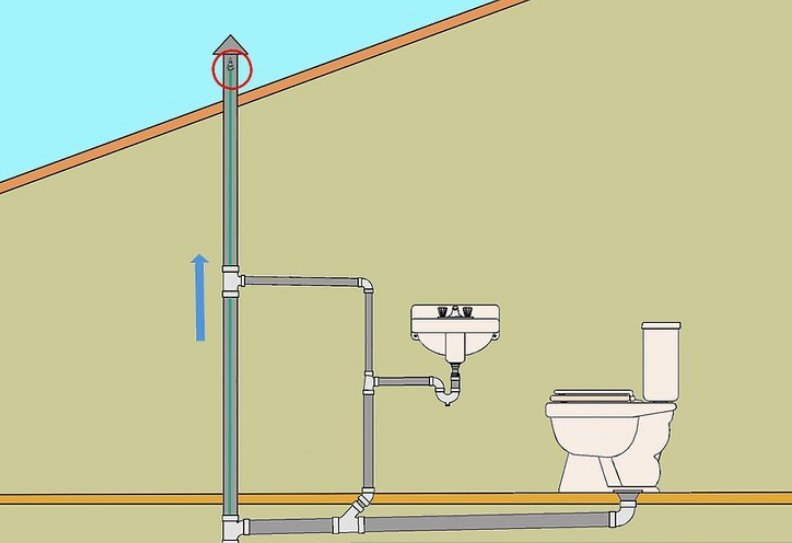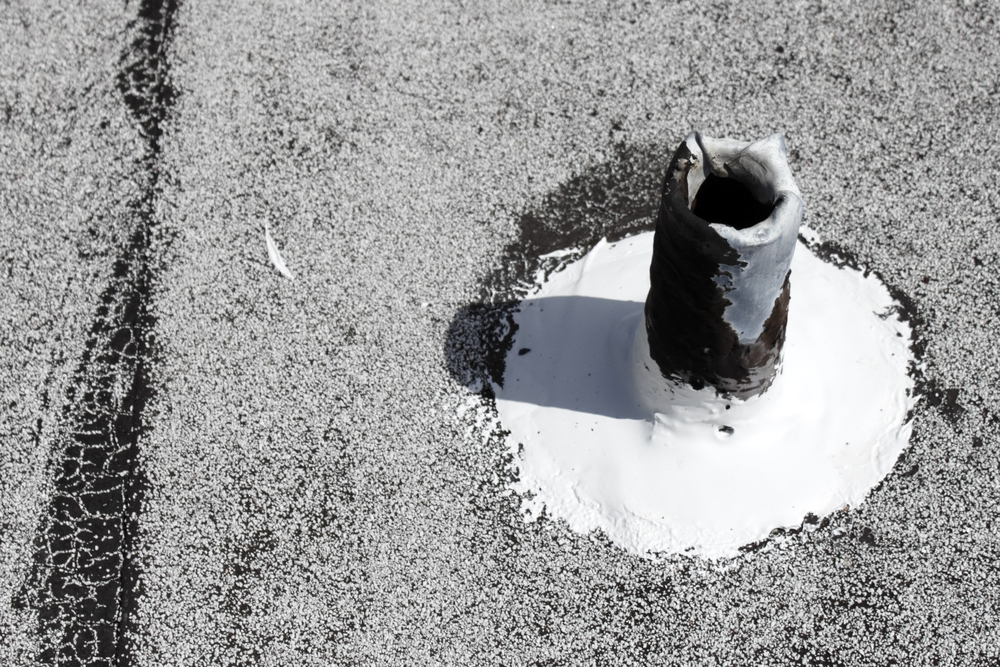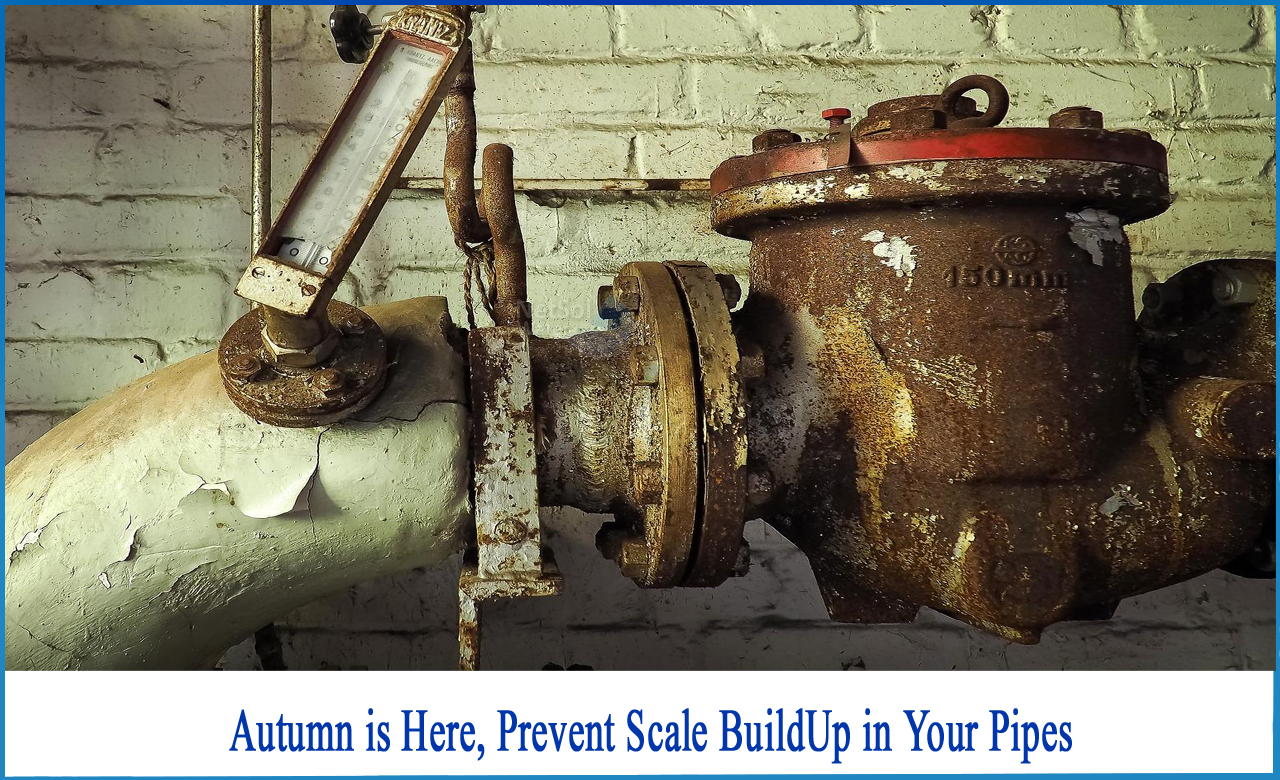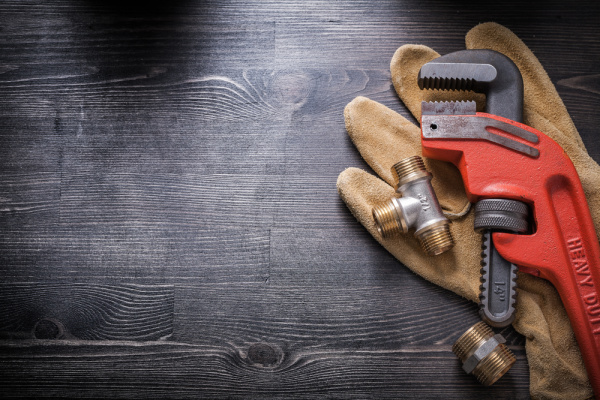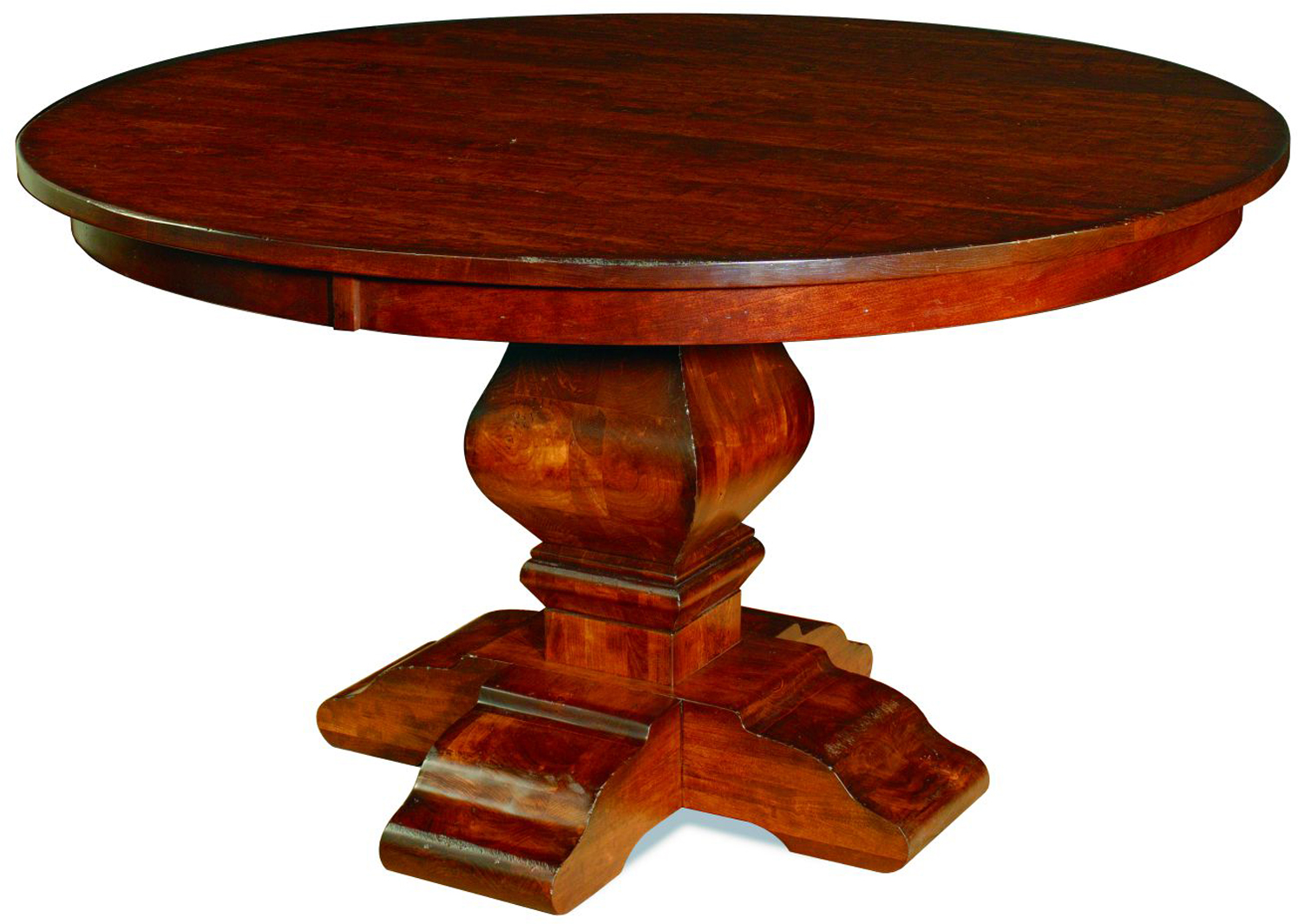If you're experiencing low water pressure in your kitchen sink, the first thing you should check is the aerator. This small mesh screen is located at the end of your faucet and can easily become clogged with mineral deposits or debris. To check the aerator, simply unscrew it from the end of the faucet and clean it with a mixture of water and vinegar. This should remove any buildup and improve water flow.Check the aerator
The water supply valve is responsible for controlling the flow of water to your kitchen sink. If it is not fully open, it can restrict water flow and cause low water pressure. Make sure to check that the valve is fully open and functioning properly. If it is damaged or faulty, it may need to be replaced by a professional plumber.Check the water supply valve
If your home has a water pressure regulator, it may need to be adjusted. This device is responsible for controlling the water pressure in your pipes and if it is not set correctly, it can result in low water pressure. Consult your user manual or contact a plumber to adjust the regulator to the appropriate level for your home.Check the water pressure regulator
Clogs in the pipes can greatly affect water pressure in your kitchen sink. Over time, debris, mineral deposits, and even grease can build up in your pipes and restrict water flow. To check for clogs, you can use a plunger or a drain snake to remove any blockages. If the clog is severe, it may require professional plumbing services.Check for clogs in the pipes
If your kitchen sink is supplied with hot water from a water heater, it's important to make sure it is functioning properly. A malfunctioning water heater can result in low water pressure as well as other issues. Check the temperature setting on your water heater and make sure it is set to the appropriate level. If it is set too low, it can affect the water pressure in your kitchen sink.Check the water heater
Leaky pipes can also contribute to low water pressure in your kitchen sink. Even a small leak can greatly affect the flow of water. Check your pipes for any visible leaks and have them repaired by a professional plumber if necessary.Check for leaks in the pipes
The faucet cartridge is a small valve inside your faucet that controls the flow of water. Over time, it can become worn out or clogged, resulting in low water pressure. If you suspect that the cartridge is the issue, it may need to be replaced. Consult your user manual or contact a plumber for assistance.Check the faucet cartridge
If your kitchen sink is equipped with a water filter, it may need to be replaced. A clogged or dirty filter can greatly affect water flow and result in low water pressure. Refer to your user manual for instructions on how to change the water filter or contact a professional for assistance.Check the water filter
The plumbing vent is a pipe that extends from your plumbing system to the roof of your home. It allows air to escape and prevents pressure build-up in your pipes. If this vent becomes blocked or damaged, it can affect water pressure in your kitchen sink. Check the vent for any obstructions and clear them if necessary.Check the plumbing vent
Sediment can build up in your pipes over time and greatly affect water pressure. To check for sediment, turn off the water supply to your kitchen sink and remove the faucet aerator. Then, open the faucet and let the water run for a few minutes. If you notice any discolored or cloudy water, it may be a sign of sediment buildup. You can try using a pipe brush or contacting a professional plumber for assistance in removing the sediment from your pipes.Check for sediment buildup in the pipes
Why Low Water Pressure in Your Kitchen Sink Can Be a Major Problem for Your House Design

The Importance of Water Pressure in a House
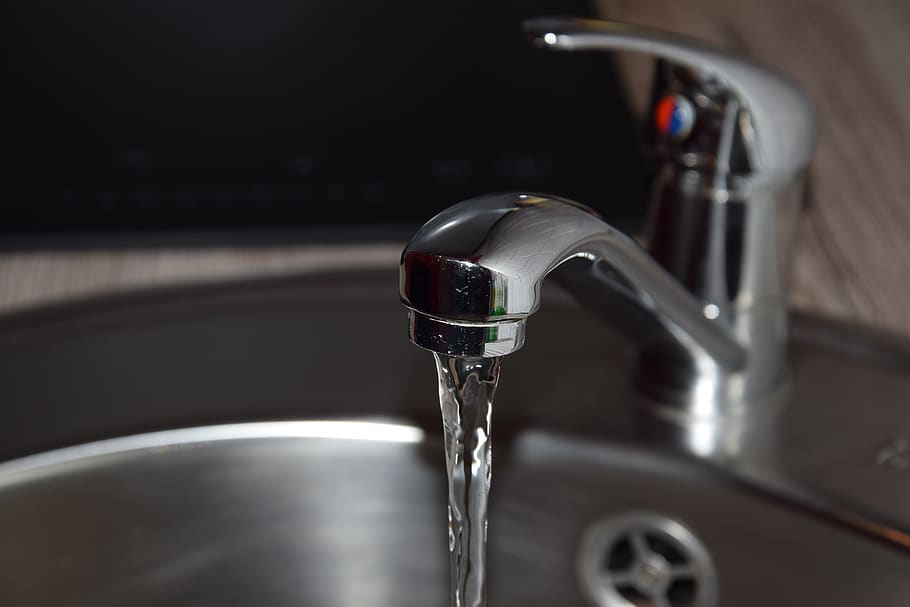 Water pressure
is a crucial factor in any household, affecting daily activities such as cooking, cleaning, and bathing. When
kitchen sink water pressure
is low, it can be frustrating and inconvenient. However, this issue may also indicate a deeper problem in your
house design
that requires attention.
Water pressure
is a crucial factor in any household, affecting daily activities such as cooking, cleaning, and bathing. When
kitchen sink water pressure
is low, it can be frustrating and inconvenient. However, this issue may also indicate a deeper problem in your
house design
that requires attention.
Possible Causes of Low Water Pressure in Your Kitchen Sink
 There are various reasons why your kitchen sink may have low water pressure. One of the common causes is a clogged or faulty aerator, which is the small screen at the end of the faucet. Over time, mineral deposits and debris can build up and block the flow of water, resulting in low pressure. Another possible cause is a clogged or damaged pipe, which can restrict the water flow and reduce pressure. Additionally, old or corroded pipes can also lead to low water pressure in your kitchen sink.
There are various reasons why your kitchen sink may have low water pressure. One of the common causes is a clogged or faulty aerator, which is the small screen at the end of the faucet. Over time, mineral deposits and debris can build up and block the flow of water, resulting in low pressure. Another possible cause is a clogged or damaged pipe, which can restrict the water flow and reduce pressure. Additionally, old or corroded pipes can also lead to low water pressure in your kitchen sink.
The Impact on Your House Design
 Low water pressure in your kitchen sink may seem like a minor inconvenience, but it can have a significant impact on your
house design
. When water pressure is low, it can take longer to fill up pots and pans, making cooking and cleaning tasks more time-consuming. It can also lead to insufficient rinsing of dishes and utensils, leaving behind soap residue. Moreover, low water pressure can affect the performance of appliances such as dishwashers and washing machines, leading to longer wash cycles and higher water bills.
Low water pressure in your kitchen sink may seem like a minor inconvenience, but it can have a significant impact on your
house design
. When water pressure is low, it can take longer to fill up pots and pans, making cooking and cleaning tasks more time-consuming. It can also lead to insufficient rinsing of dishes and utensils, leaving behind soap residue. Moreover, low water pressure can affect the performance of appliances such as dishwashers and washing machines, leading to longer wash cycles and higher water bills.
Solutions for Low Water Pressure in Your Kitchen Sink
 To address low water pressure in your kitchen sink, it is essential to identify the root cause. If it is a clogged aerator, it can be easily cleaned or replaced. However, if the issue lies within the pipes, it may require professional help. A plumber can inspect and repair any clogs or damages in the pipes, restoring proper water pressure in your kitchen sink. Additionally, if you live in an older house, it may be worth considering upgrading your plumbing system to improve water flow and pressure.
In conclusion, low water pressure in your kitchen sink is not just a minor inconvenience, but it can be a sign of a more significant issue in your
house design
. It is crucial to address this problem promptly to avoid any further inconveniences and to ensure the proper functioning of your household. If you are experiencing low water pressure in your kitchen sink, it is best to consult a professional to determine the cause and find the most suitable solution.
To address low water pressure in your kitchen sink, it is essential to identify the root cause. If it is a clogged aerator, it can be easily cleaned or replaced. However, if the issue lies within the pipes, it may require professional help. A plumber can inspect and repair any clogs or damages in the pipes, restoring proper water pressure in your kitchen sink. Additionally, if you live in an older house, it may be worth considering upgrading your plumbing system to improve water flow and pressure.
In conclusion, low water pressure in your kitchen sink is not just a minor inconvenience, but it can be a sign of a more significant issue in your
house design
. It is crucial to address this problem promptly to avoid any further inconveniences and to ensure the proper functioning of your household. If you are experiencing low water pressure in your kitchen sink, it is best to consult a professional to determine the cause and find the most suitable solution.




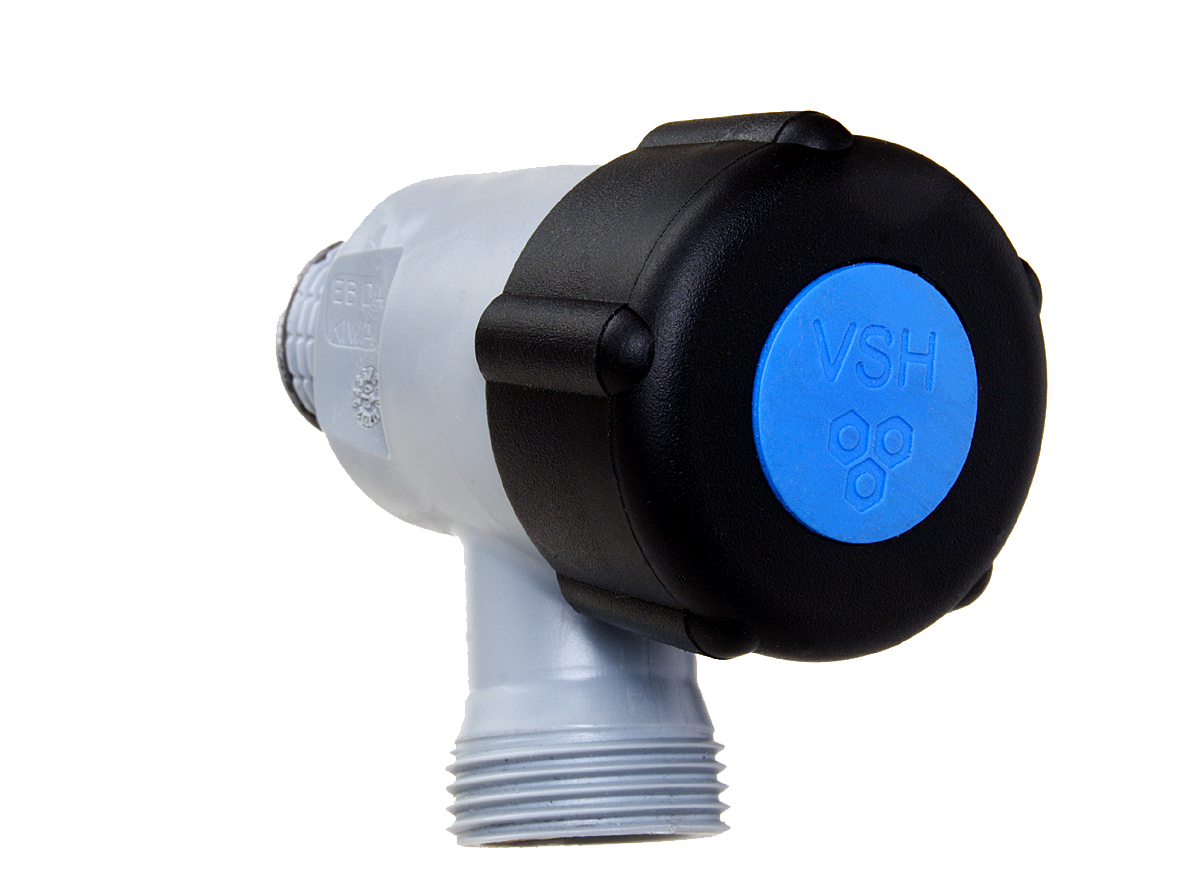




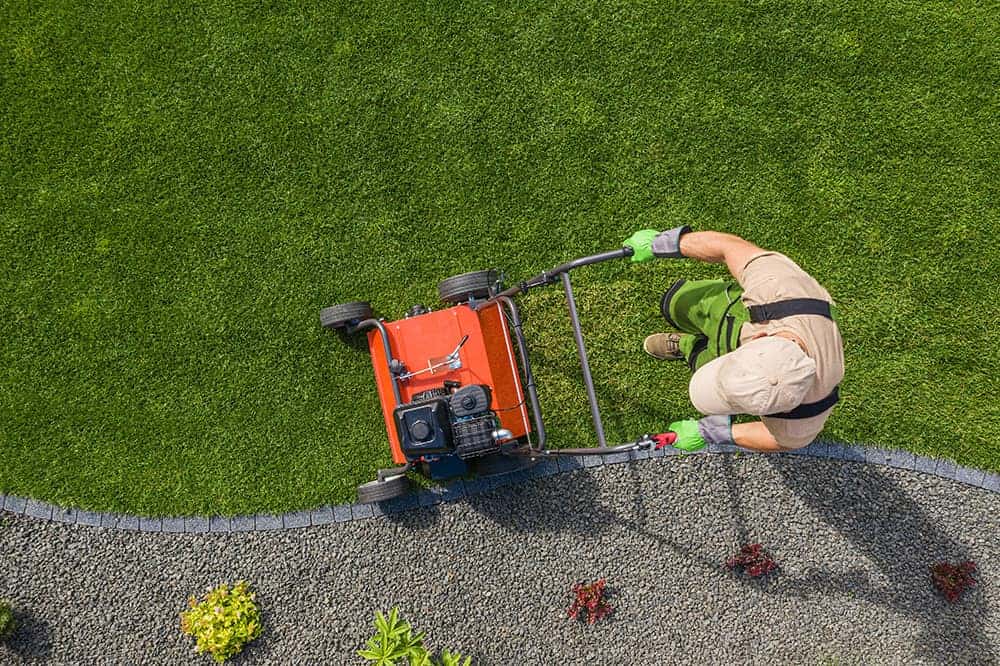
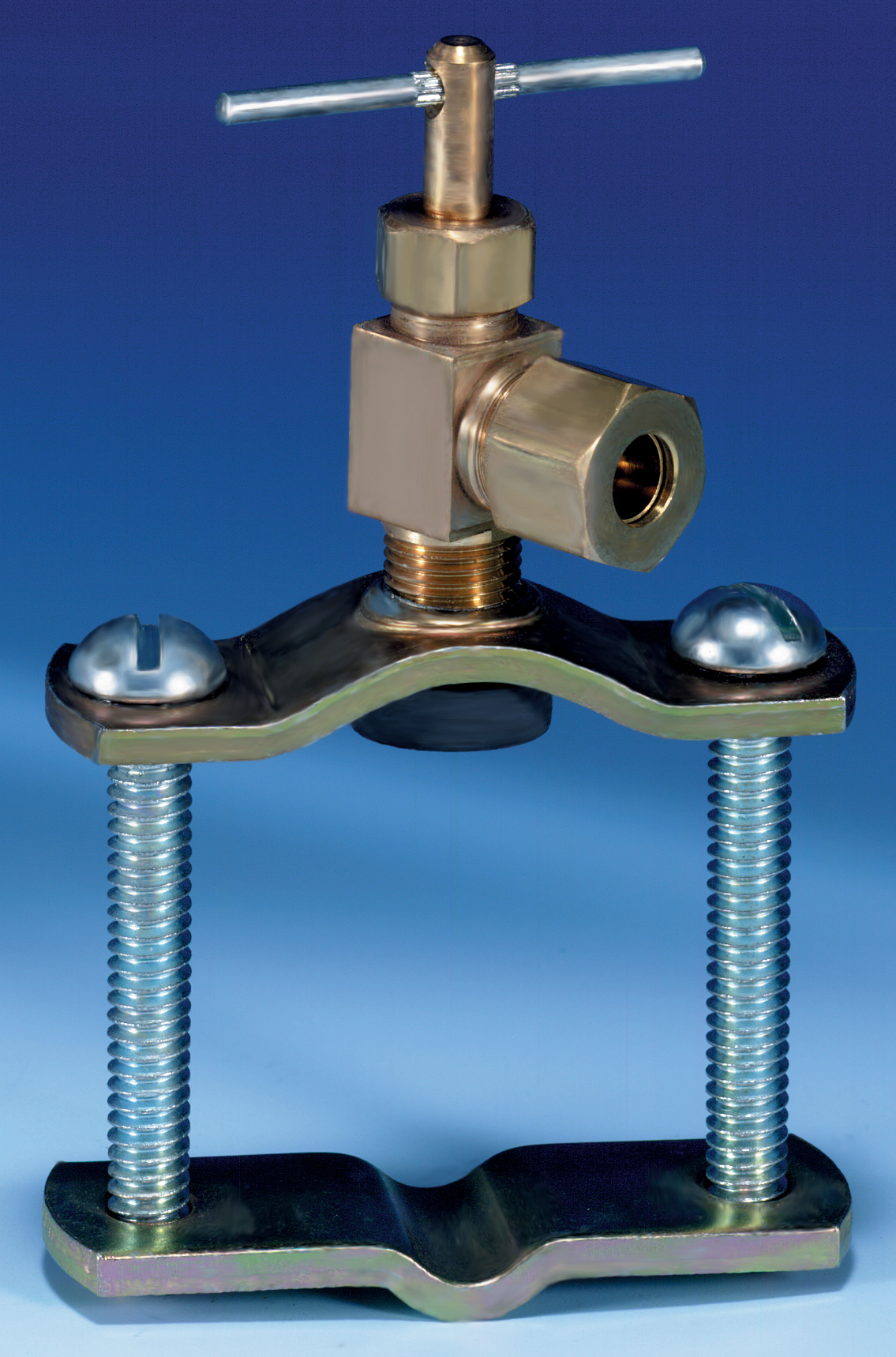

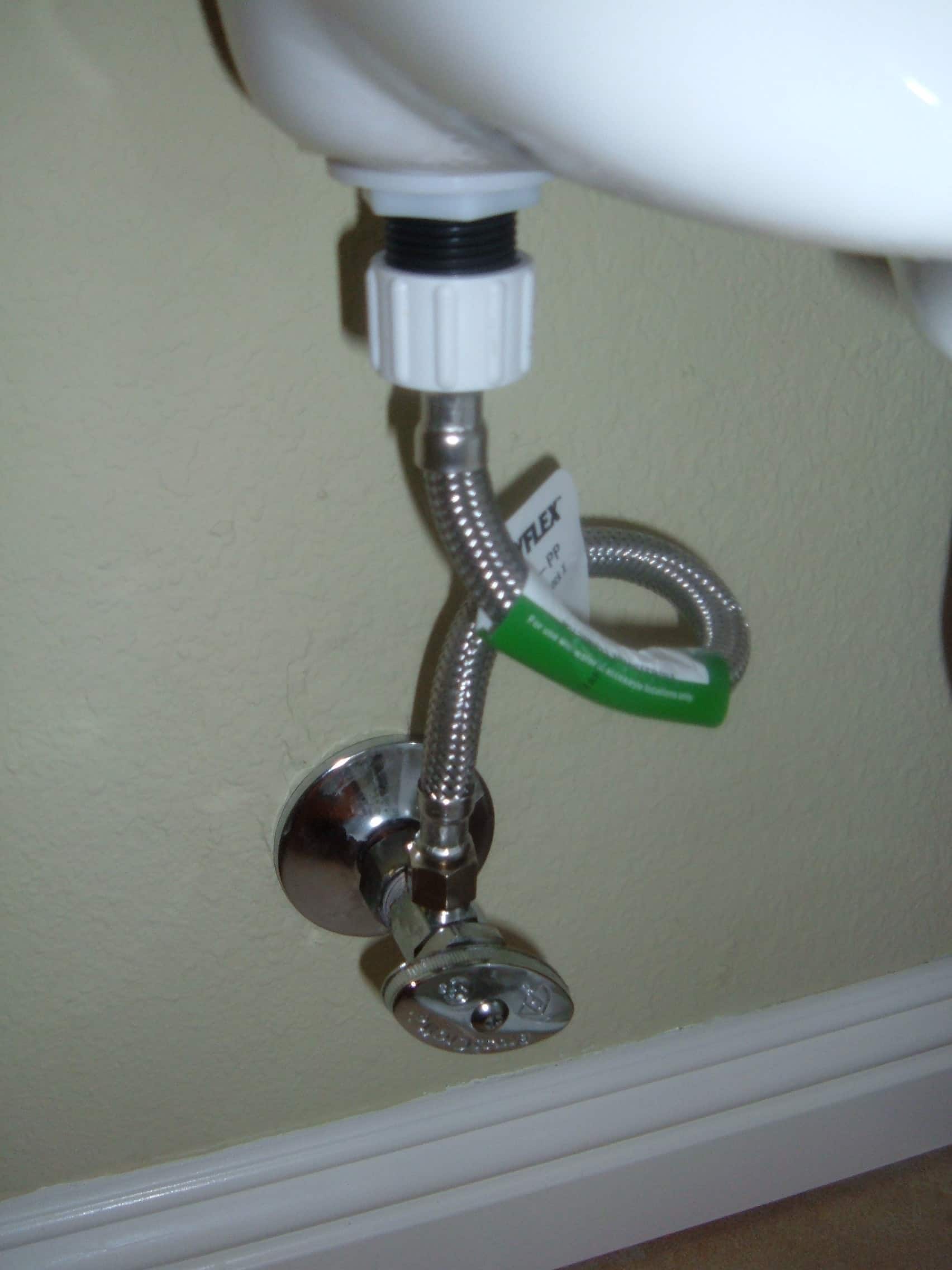
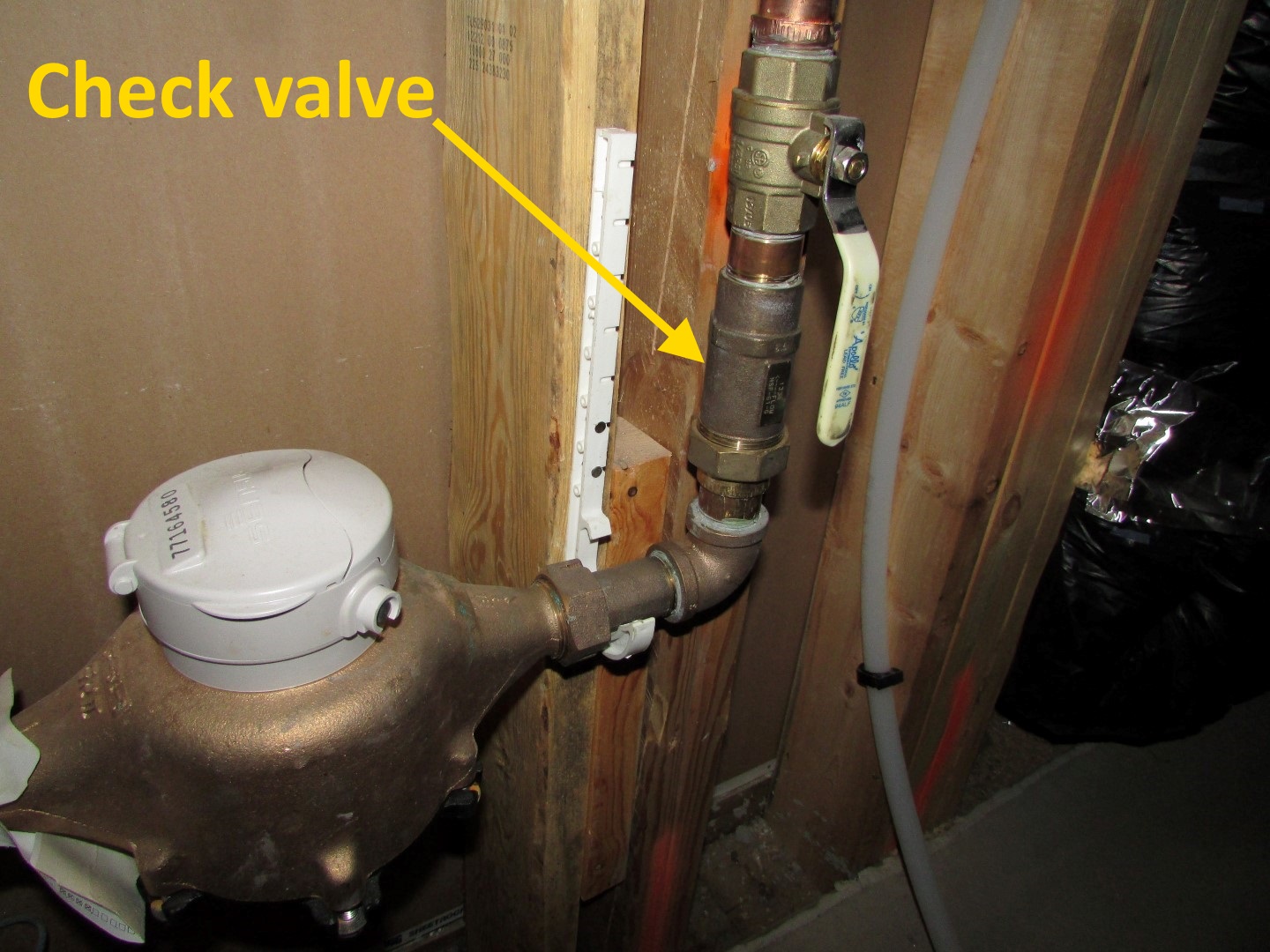






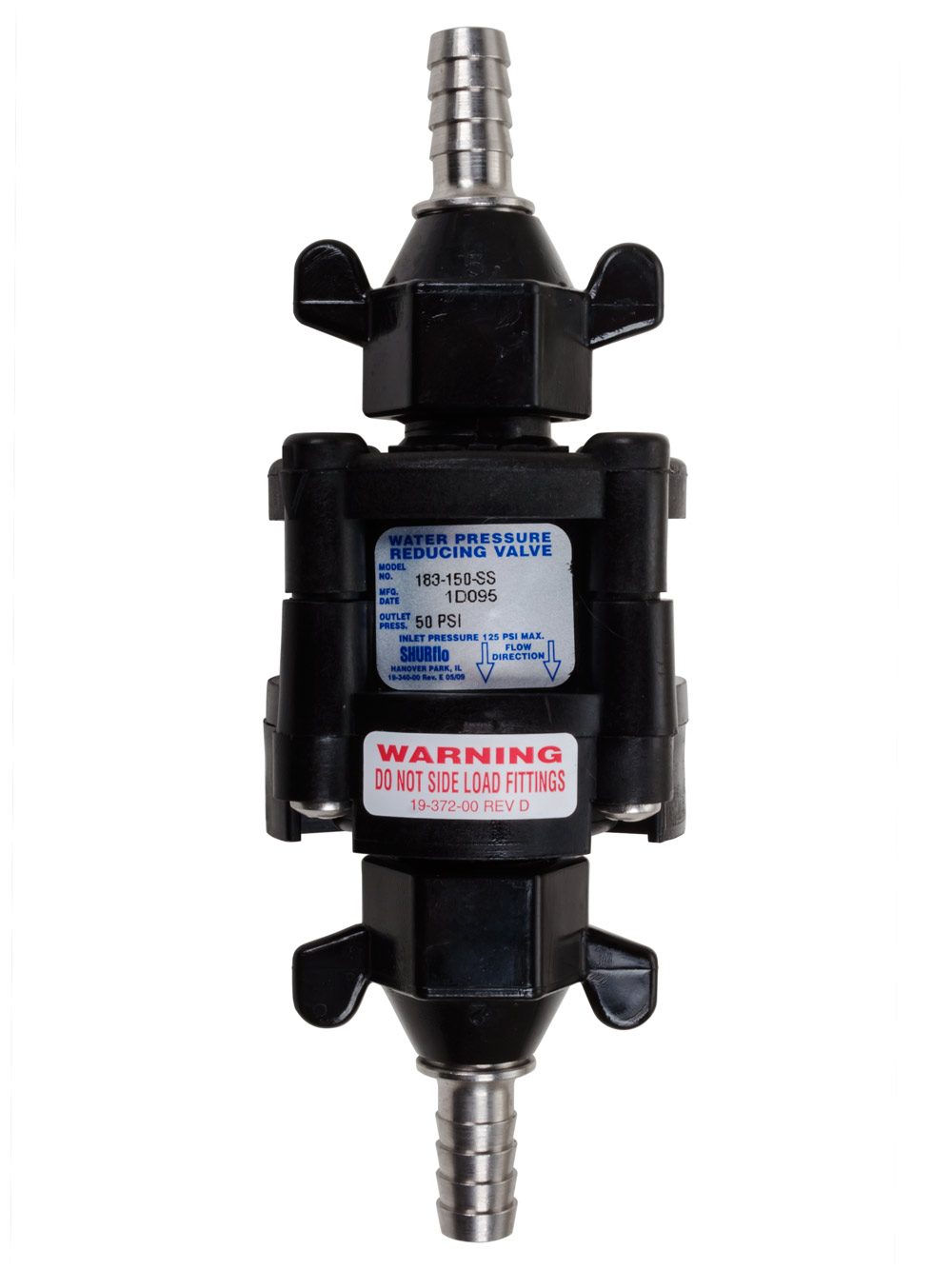

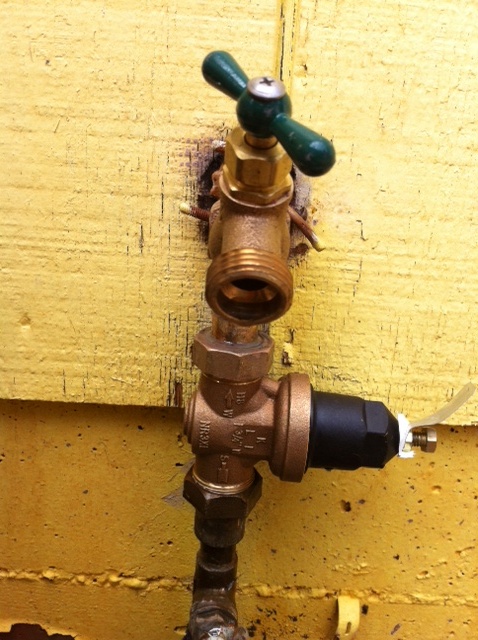
:max_bytes(150000):strip_icc()/the-men-s-hand-opens-the-ball-valve-on-the-collector-1006810456-5c5fc73fc9e77c000159c4af.jpg)
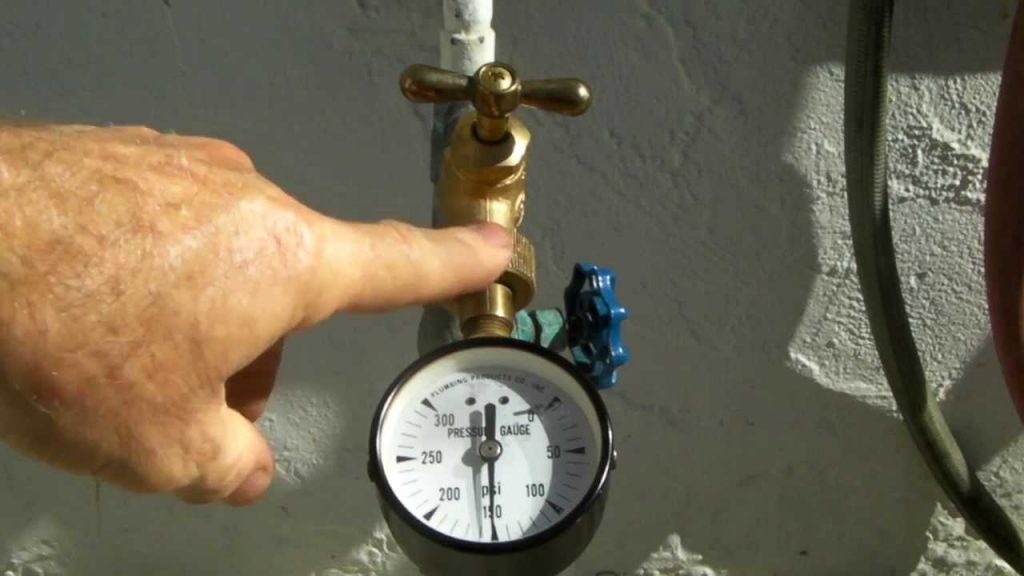




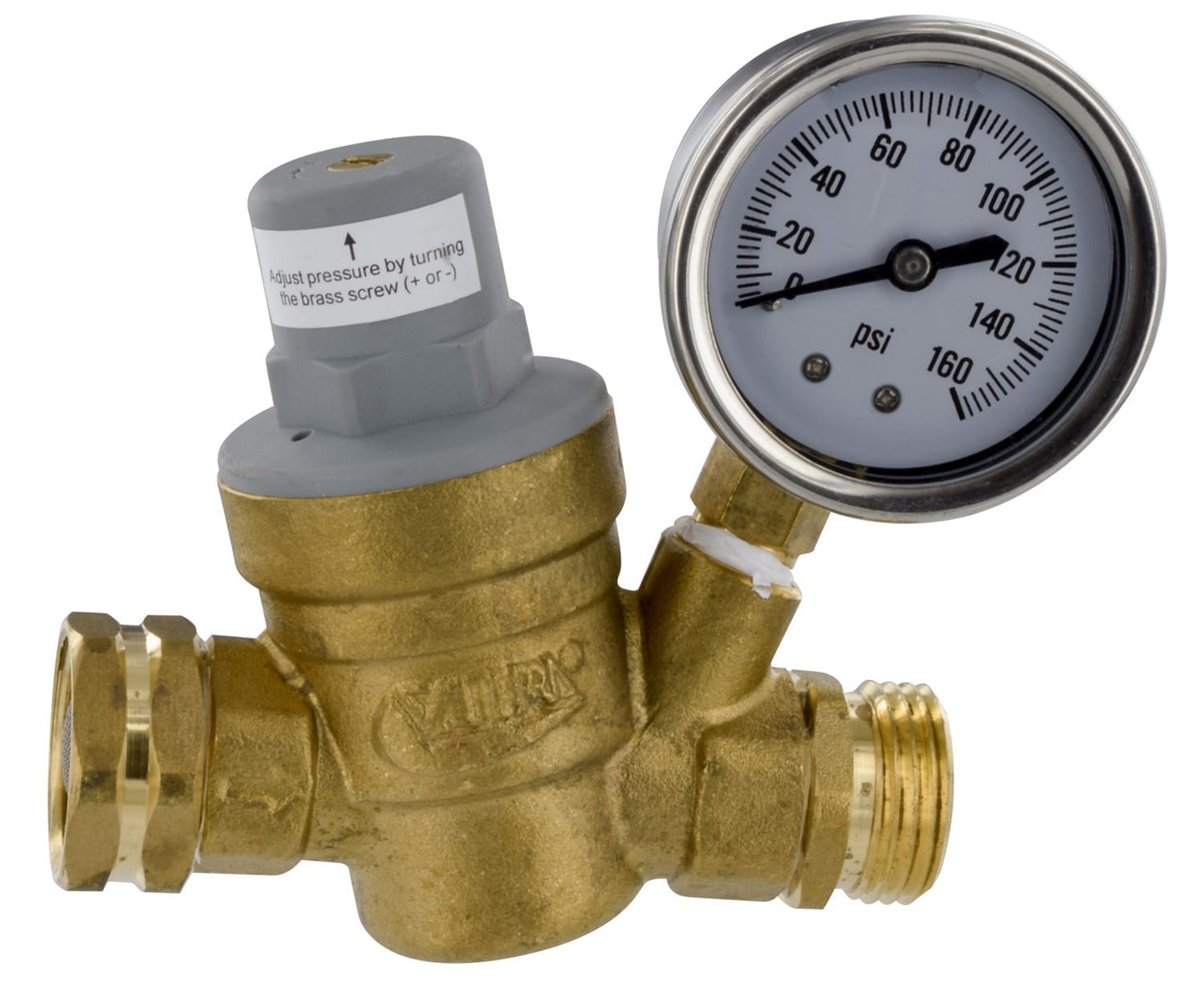




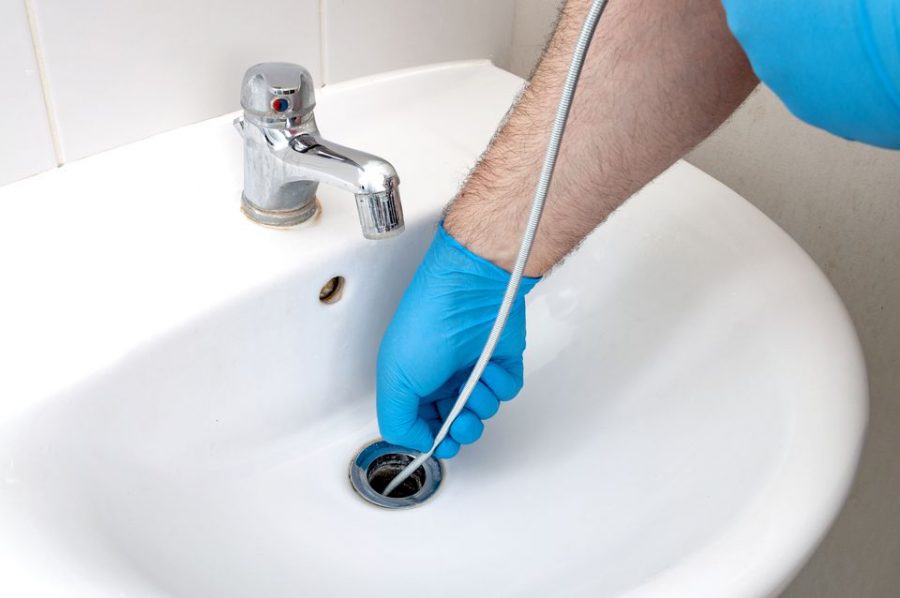

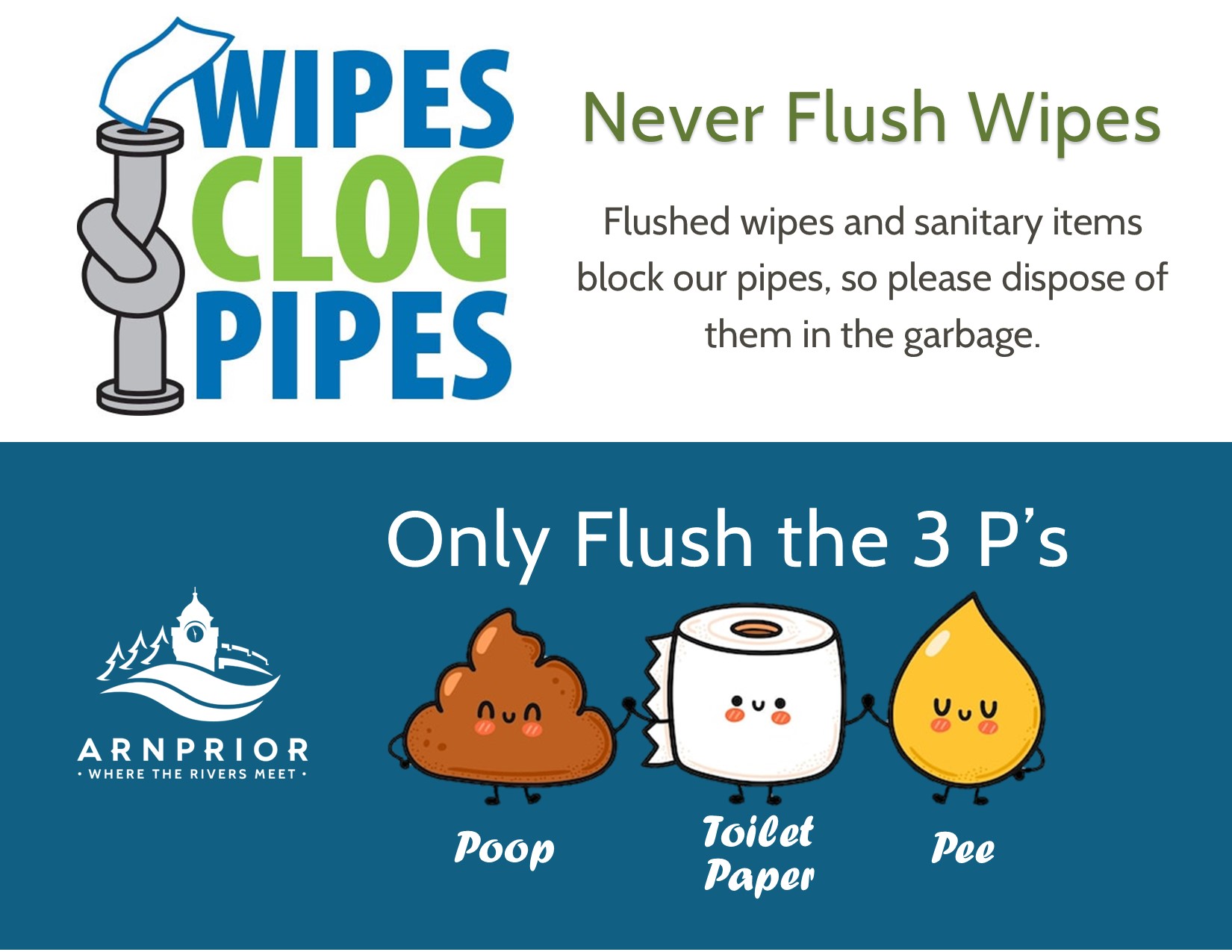






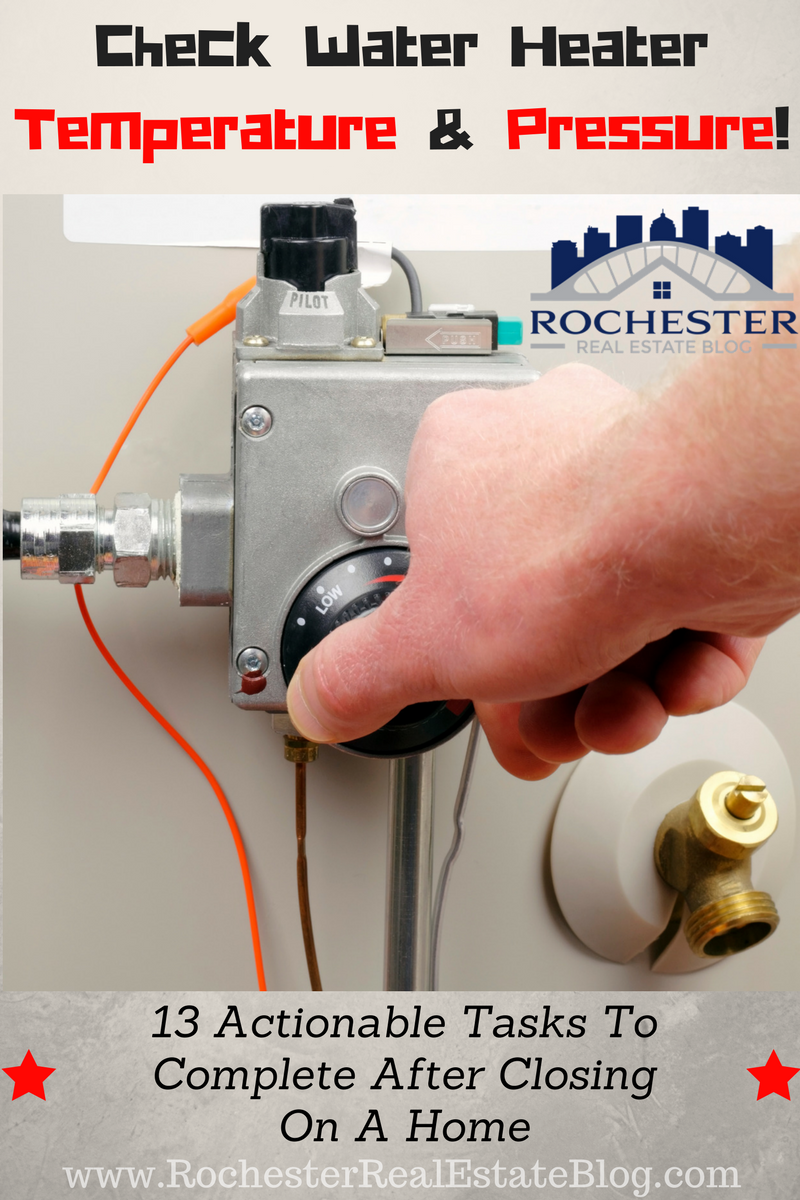



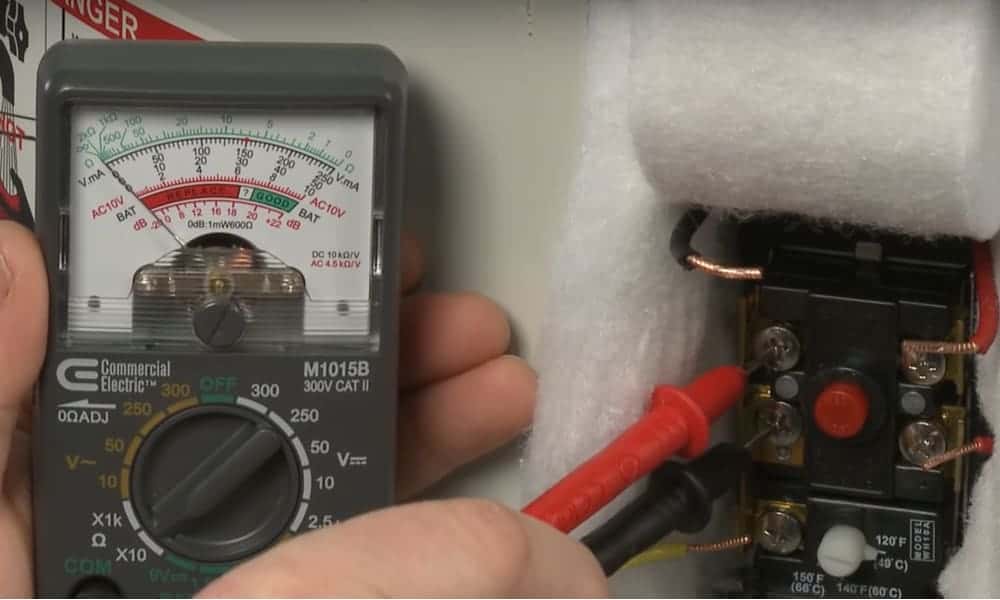
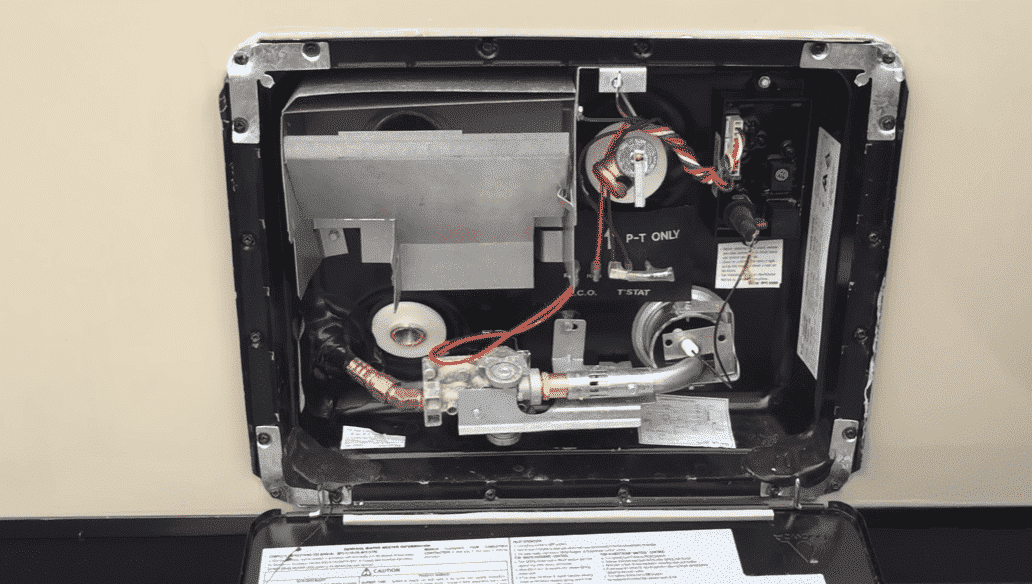

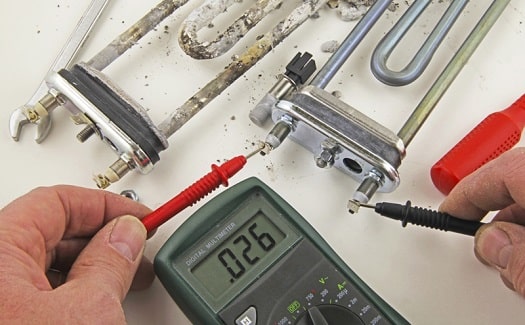
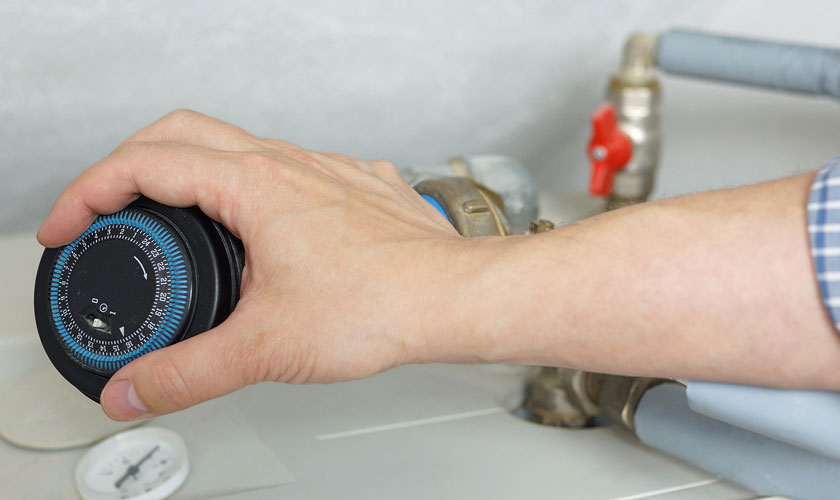






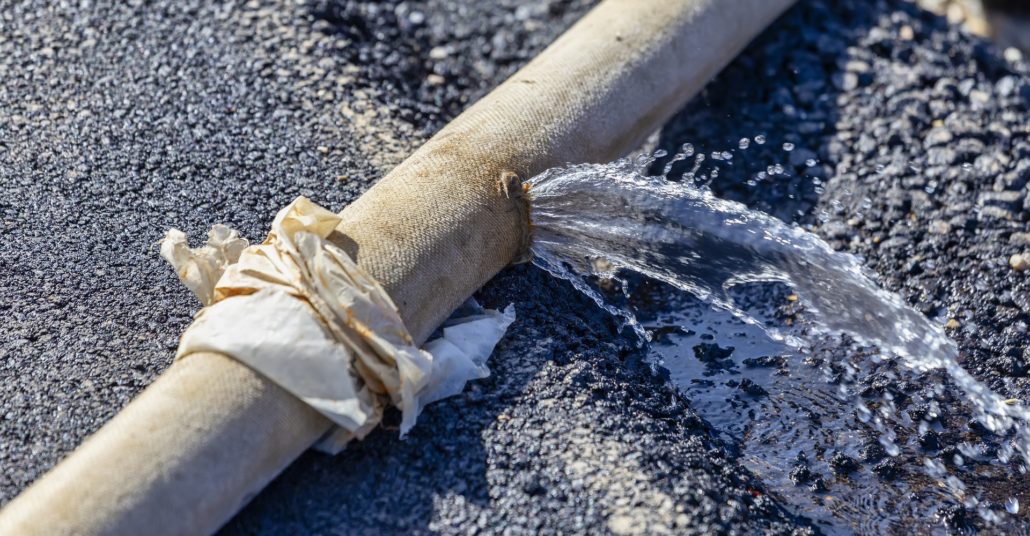
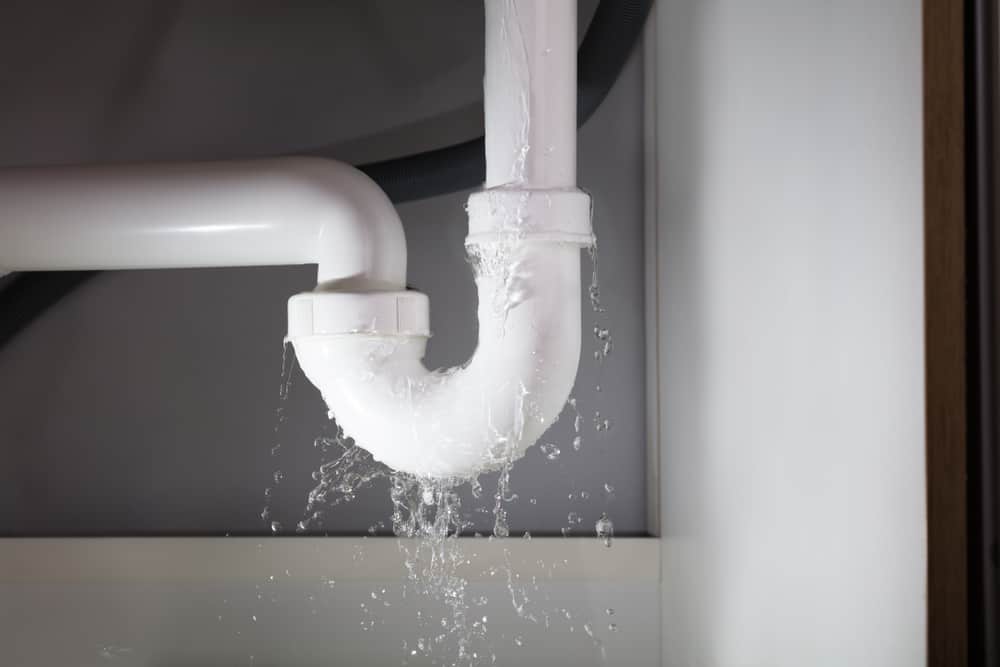
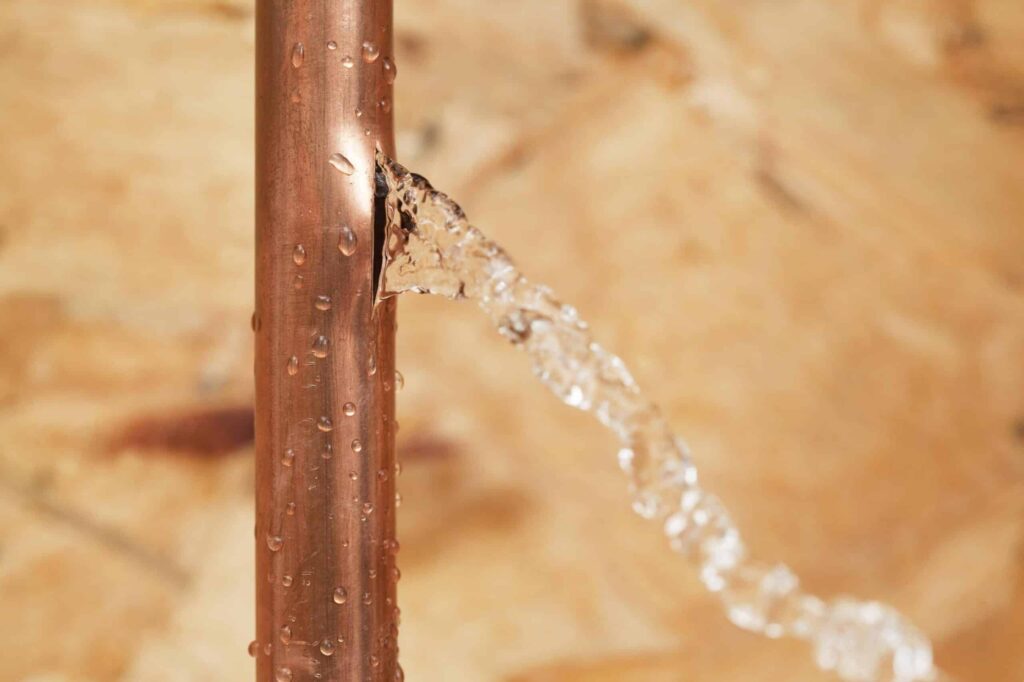

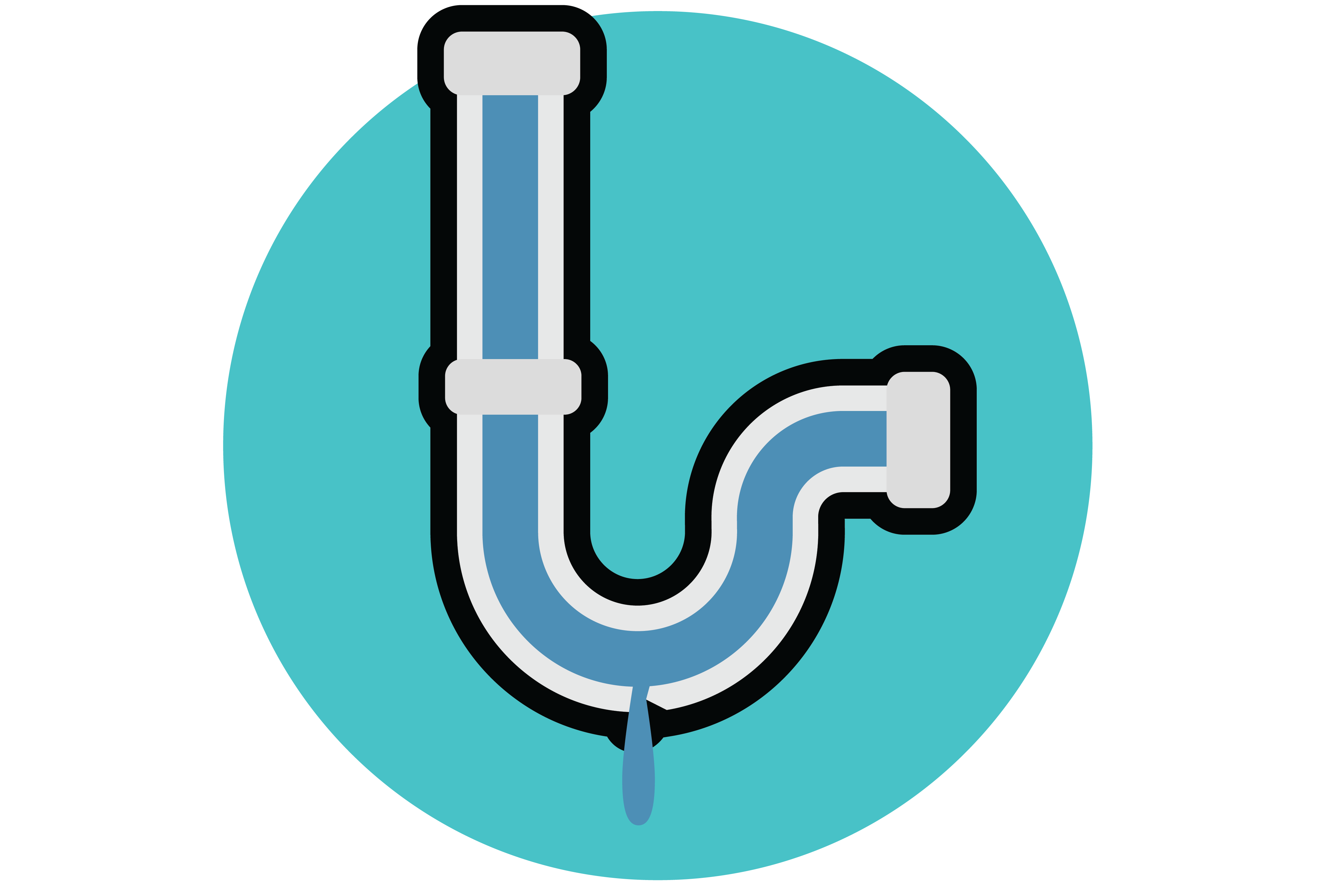













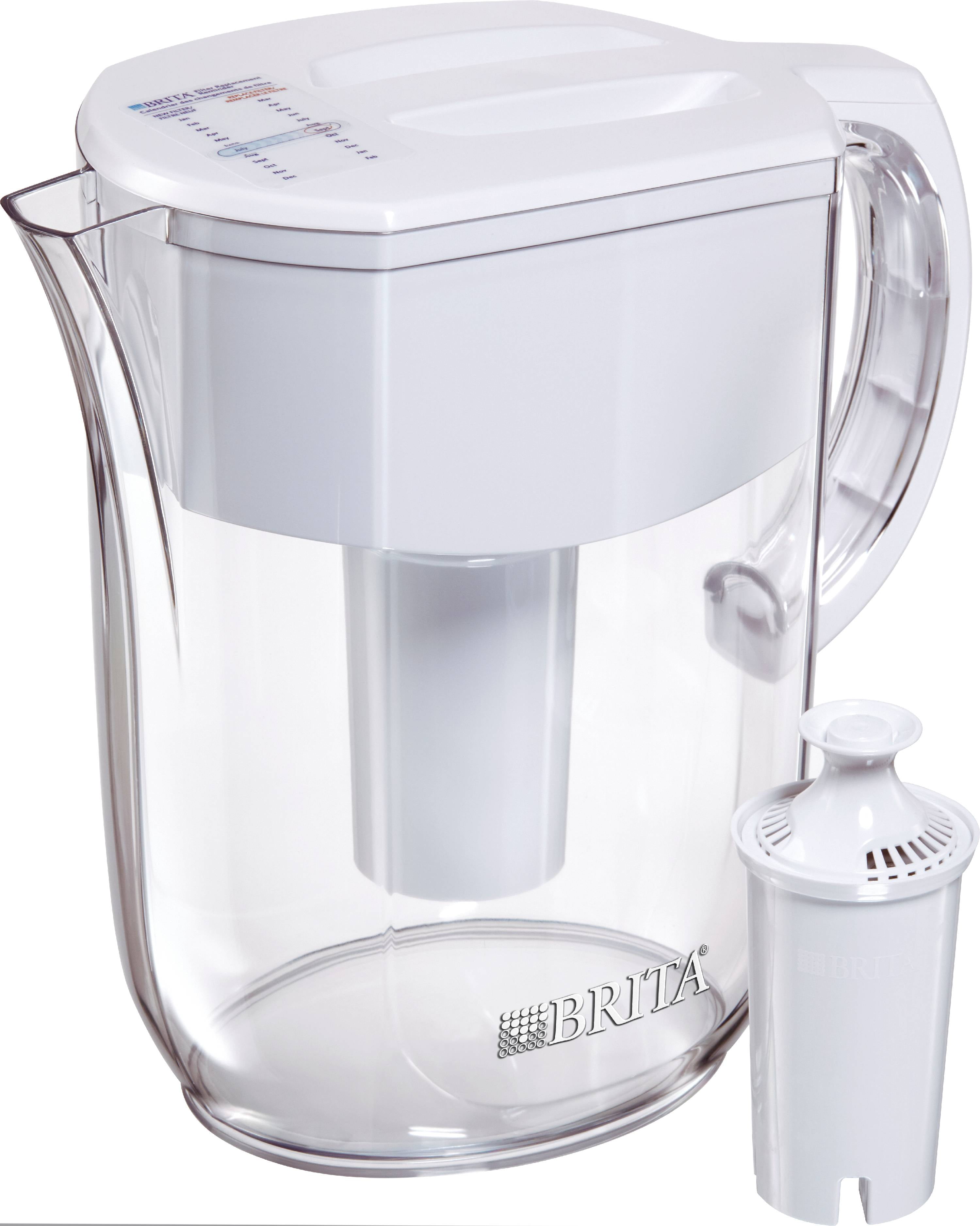




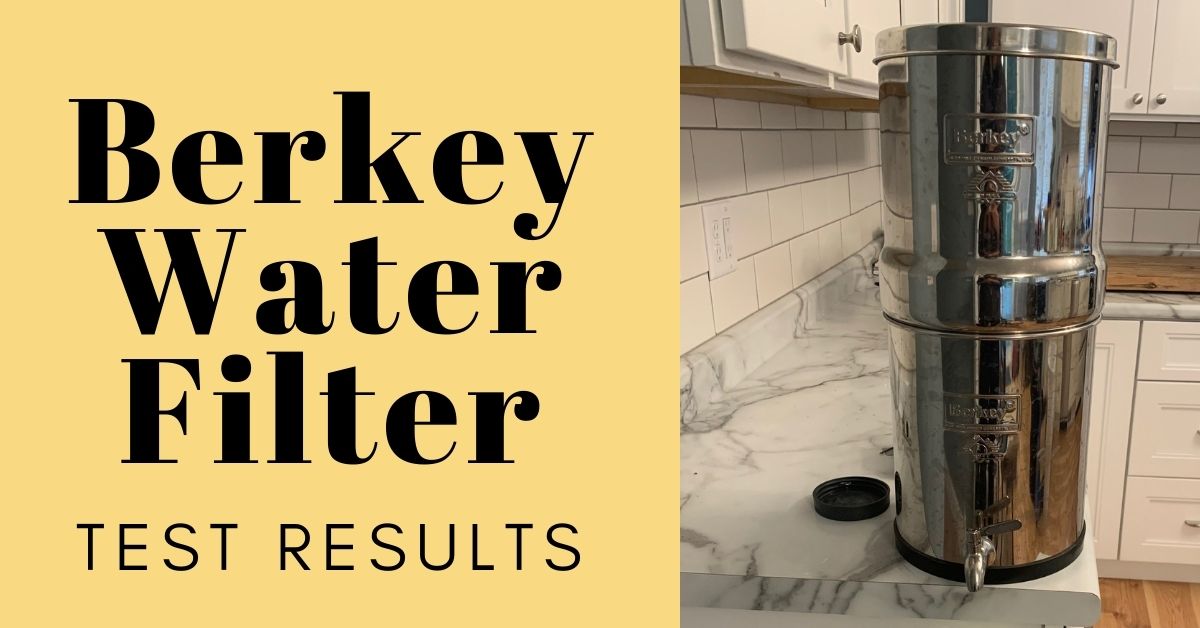


/cdn.vox-cdn.com/uploads/chorus_image/image/63879746/WaterFilter_2.0.jpg)








